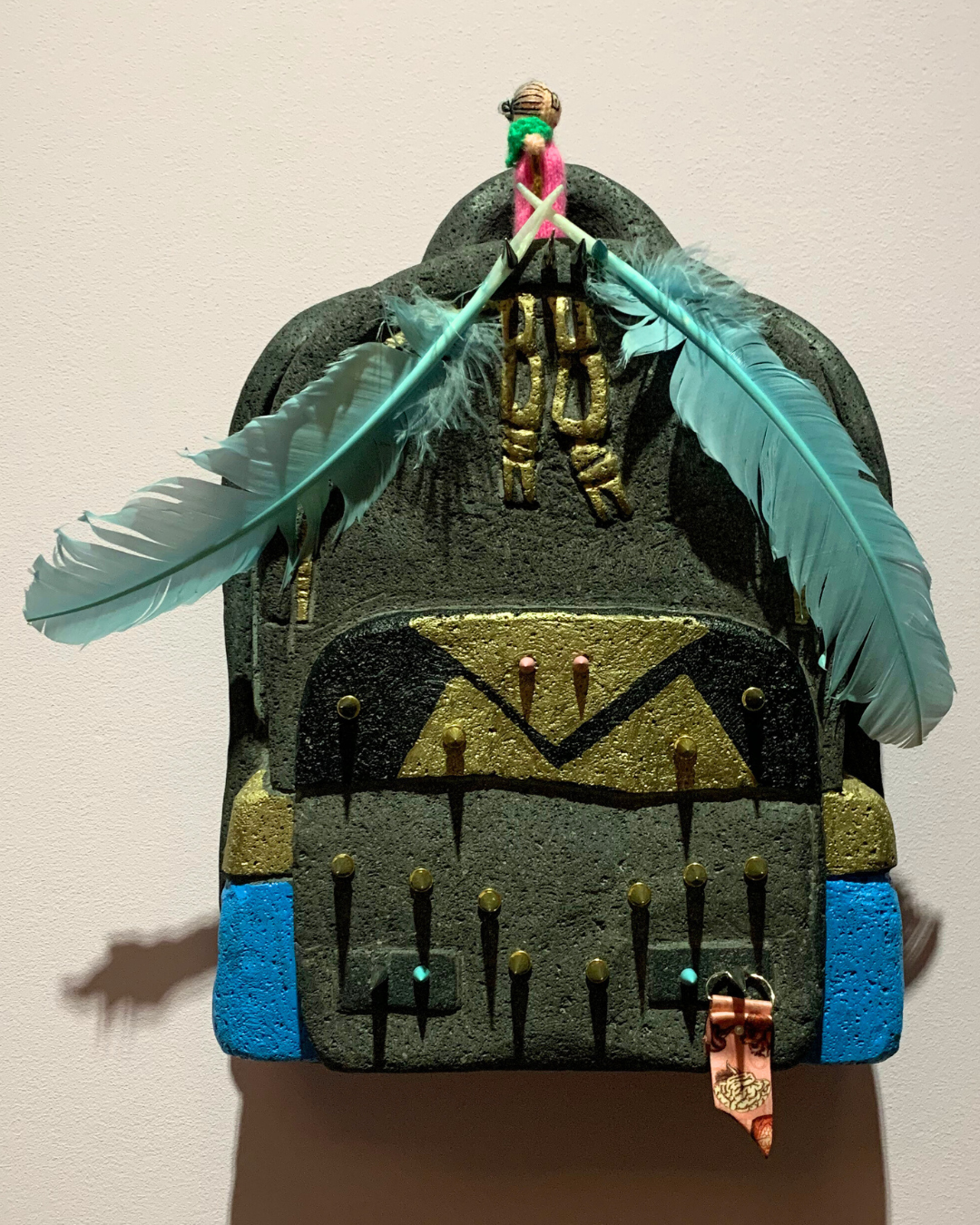Art Beyond Words
In January, I attended an exhibition by two artists at the Talbot Rice Gallery in Edinburgh: Gabrielle Goliath from South Africa and Guadalupe Maravilla, originally from El Salvador, now living in New York City.
I was deeply moved by the exhibition.
Goliath’s work centres on the stories of people who have experienced discrimination, hate, and/or violence.
In 2024, she spent time in Edinburgh and captured on film the stories shared by survivors of patriarchal violence.
However, in the exhibition space, the viewer does not hear the words of these stories. Instead, we hear the sounds in-between: sighing, crying, pausing. We also see gestures—some subtle, some not so subtle—like looking away, staring directly into the camera, or wringing hands.
It is a deeply immersive experience, incredibly intimate and personal. I was so moved by the vulnerability and courage of the participants in sharing their stories.
I think the omission of words actually allows us to feel with the participants, rather than layering our own meaning over their experiences.
Topics such as racism, gender violence, and misogyny can elicit strong reactions. We might feel the urge to justify our opinions or to argue a point.
But what I felt while viewing the exhibition was that I didn’t need to have an opinion here. I didn’t need to formulate a response to what they were sharing. I was simply invited to be present in the space and have empathy for these brave souls. It felt so tender and powerful at the same time.
From there, we walked to the Georgian Gallery, where we experienced the work of Maravilla. He left El Salvador at the age of 8 to escape the Civil War and travelled to the United States.
Maravilla has transformed the pain and suffering he has experienced into art that transcends. Walking into the Georgian Gallery felt like stepping into a holy space, with artworks resembling shrines and chanting echoing off the walls.
After witnessing the sadness and trauma in the first gallery, this experience felt almost necessary. It was as if my insides were allowed to breathe again. It felt like healing and being held.
Maravilla is a collector of objects, and his artworks are rich with meaning. A few that stood out to me: a handwoven scorpion, representations of the gut, a conch shell, the interior of a body cell, and frequent references to snakes, feathers and butterflies.
I was struck by the presence of sound in both exhibitions. In the first, the sounds were guttural, evoking discomfort and sadness. In the second, the sound was immersive, inviting, and healing.
There was also a striking contrast in colour. In the first exhibition, we were surrounded by video footage of participants on larger-than-life screens against a soft blue background. In the second, we entered a space of soft pink, filled with various natural textures and shapes.
On one side: pain and suffering. On the other: transcendence and healing.
I’m not sure if the curators intended for the exhibition to flow in this way, but it felt as though the two spaces were in dialogue with each other. Together, they created a journey from raw vulnerability to a sense of release and renewal.
I left with a sense of awe, reminded of the power of art to communicate the felt and unseen, helping the viewer experience without judgement.
In today’s complex world, we need more art like this—speaking to the heart, not just the mind.
If you have the chance to visit an exhibition like this, I encourage you to go. Allow yourself to be moved, to feel, and to see what art can offer beyond words.



